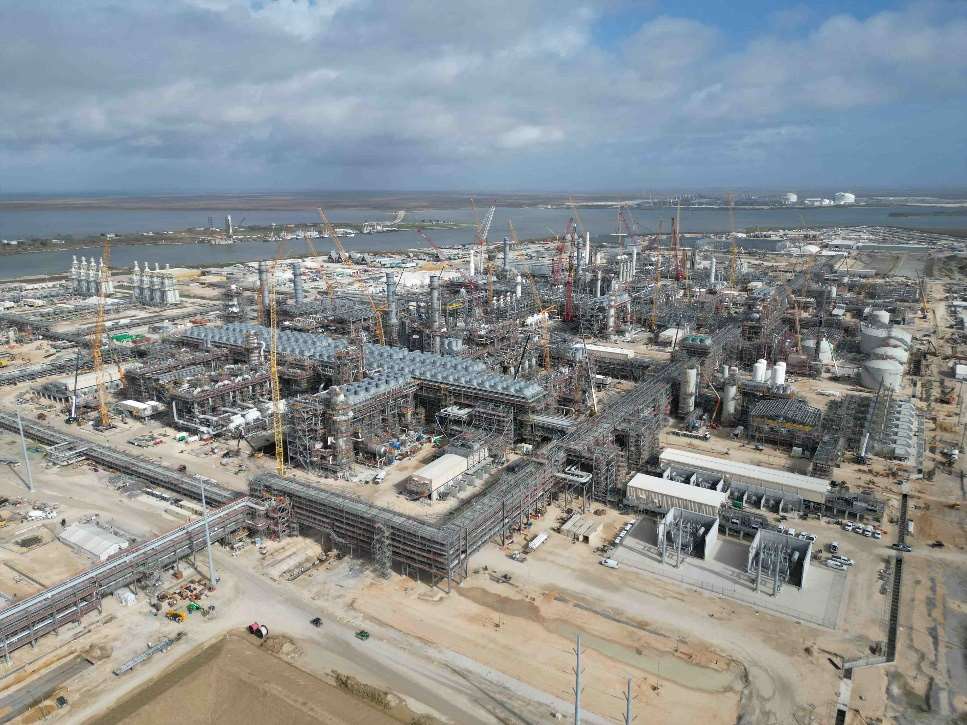The US Energy Information Administration is expecting a 2 percent increase in US LNG exports this year compared to record 2023, while LNG exports are expected to rise 18 percent in 2025 due to new LNG terminals coming online.
The agency previously said that the US was the largest LNG exporter in 2023 and US LNG exports averaged 11.9 billion cubic feet per day (Bcf/d), a 12 percent increase (1.3 Bcf/d) compared with 2022.
Currently, the US exports LNG via Cheniere’s Sabine Pass and Corpus Christi terminals, Sempra Infrastructure’s Cameron LNG terminal, Venture Global’s Calcasieu Pass, the Freeport LNG facility, the Cove Point LNG facility, and the Elba Island terminal.
According to EIA’s newest short-term energy outlook, the agency expects US LNG exports to average 12 Bcf/d in 2024, a 2 percent increase compared with last year.
In 2025, LNG exports increase by an additional 2 Bcf/d (18 percent) because three of the five LNG export projects currently under construction are expected to start operations and ramp up to full production, it said.
Plaquemines LNG, Corpus Christi Stage 3, and Golden Pass LNG
The agency forecasts that US LNG export facilities will run at similar utilization rates as in 2023, adjusted for seasonality and annual maintenance on liquefaction trains.
In April and May 2024, the EIA expects LNG exports to decline compared with April and May 2023 because two of the three trains at the Freeport LNG export facility are undergoing annual maintenance, coinciding with lower global LNG demand in importing countries during the shoulder season.
Later in 2024, the EIA expects Venture Global’s Plaquemines LNG Phase I and Cheniere’s Corpus Christi Stage 3 to begin LNG production and load first cargoes by the end of the year.
In 2025, energy giants QatarEnergy and ExxonMobil plan to place the first two trains of the three-train Golden Pass LNG export facility in service, it said.

